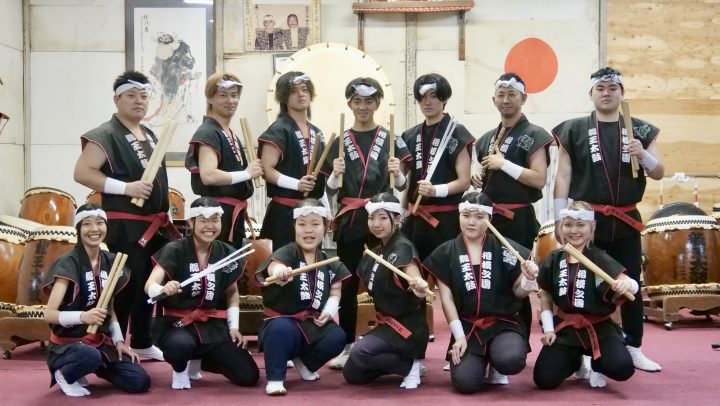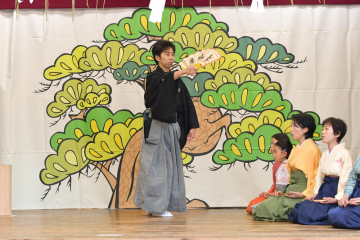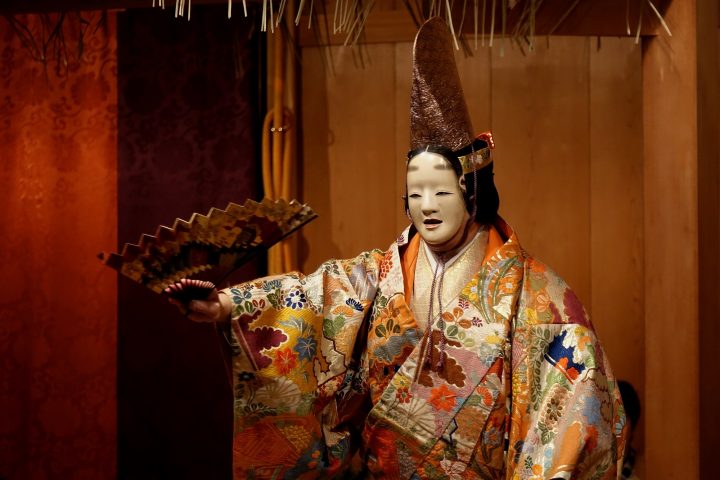[Director Kunio Sugihara] Discusses the possibilities of classical performing arts and theater, dance, and the stage
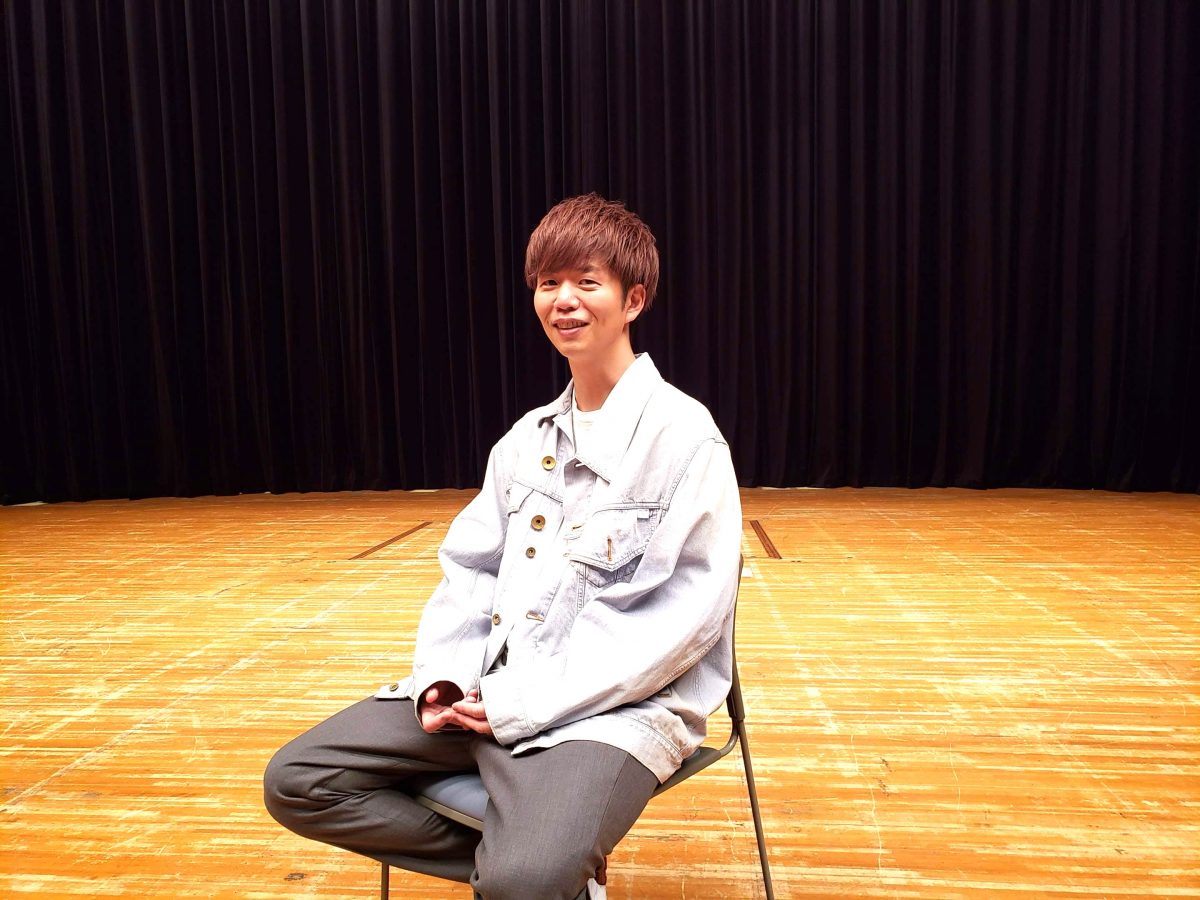
Kunio Sugihara is a popular director and stage designer who has worked on everything from contemporary dramas to Greek tragedies, Shakespeare, and Kabuki performances. At "What's SAMBASO - The Possibilities of Classical Performing Arts," which will be held on July 23rd, he is planning a lecture by Kinoshita Yuichi, leader of Kinoshita Kabuki, and a performance by Okura-ryu Kyogen actor Sennojo Shigeyama III, along with a cross-talk about performing arts. This time, we present an exclusive interview with him at the venue, Momijizaka Hall.
It all started when my mother invited me to see a ballet
--The Kanagawa Prefectural Youth Center is celebrating its 60th anniversary. What will be coming to Momijizaka Hall?
Sugihara: It's been seven years since I was invited to the Kanagawa Prefectural School Theater Exchange Festival, an event related to school theater, in September 2016. But it's my first time seeing a completely bare stage like this, so it feels fresh. It must be quite a unique theater to have a revolving stage of this size.
--You have a professional perspective, as expected. Have you been interested in performing arts since you were a child?
Sugihara: Ever since I started elementary school, I used to go to the local Chigasaki Civic Cultural Hall with my mother to see ballet and kabuki touring performances, as well as Shiki Theatre Company musicals. I also remember seeing a ballet performance by Yoko Morishita at the Kanagawa Prefectural Hall in Yokohama. Even when I was attending nursery school in Tokyo, whenever there was a puppet show or children's play, I would craft it while my mother was preparing dinner and reenact it with my twin brother (laughs).
--That's amazing! You have a wide range of arts, from ballet to Kabuki and puppet shows.
Sugihara: My parents are people who are not involved with art, but if there was anything I wanted to see, they would immediately buy tickets and take me to see it. I think they wanted to expose me to things that interested me from an early age and broaden my horizons.
-Did you continue to love art after that?
Sugihara: I loved playing outside, but I was also good at and loved drawing and crafts, so I always got good grades in art. Even in high school, I was always in a leadership position in school events, and I enjoyed working together with everyone at cultural festivals, sports festivals, choir competitions, and other events, working toward a common goal and creating something. I thought that a theater university was the place where I could study those things, where there were cultural festivals every day, so I went on to Kyoto University of Art and Design (now Kyoto University of the Arts), where I could study performing arts.
It wasn't like every day was a school festival! My student days were spent studying hard
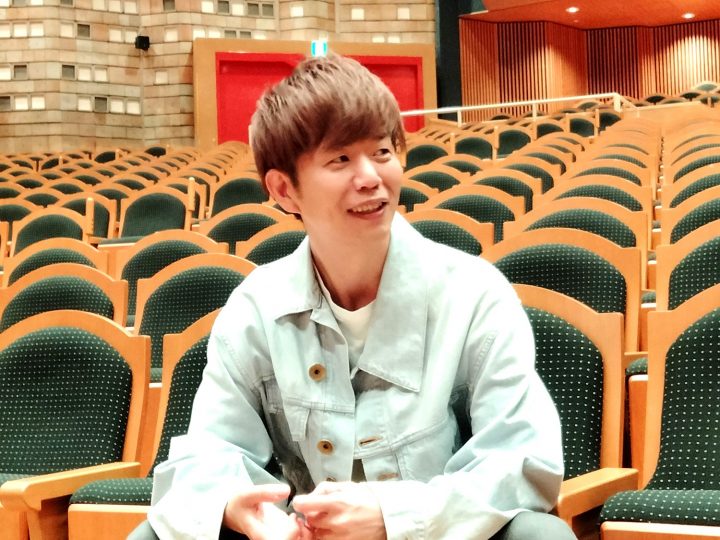
Kunio Sugihara being interviewed at Momijizaka Hall
--You entered university with the goal of becoming a creator, not a spectator or performer. What was it like in reality?
Sugihara: We couldn't have a daily school festival (laughs). It was different to what I had imagined in many ways. It was obviously more professional. At the time, the Department of Visual and Performing Arts had many avant-garde and eccentric professors, and their teaching was unique and extremely stimulating (laughs). My preconceived notions were shattered, and I learned that there are many different perspectives and methods of expression.
--If you had to pick one memorable encounter from your student days, what would it be?
Sugihara: It had to be the playwright and director Shogo Ota, who was the head of the department at the time. He said, "When something created in the rehearsal room is brought to the stage, it is exposed to the eyes of an unspecified number of people and becomes socialized." Therefore, artists must always remember that their expression is being transmitted to society. He was strict but warm-hearted, and taught me the attitude of a theater person.
--That really hits home.
Sugihara: Yes, I believe that the scope of my expression has broadened by learning from other top-notch and respected teachers, such as dancer Setsuko Yamada and playwright and director Tsuyoshi Kawamura.
Discover the unique charm of performing arts
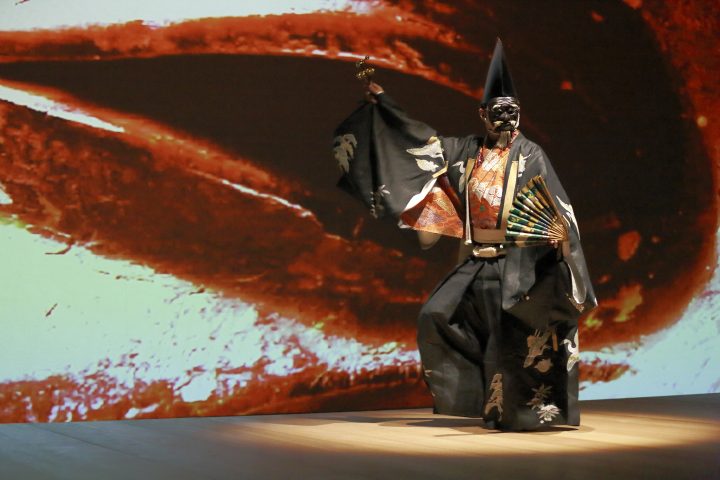
Kyogen Noh actor Shigeyama Sennojo III performing "Sanbaso" on stage
--This summer, Sugihara will be involved in "What's SAMBASO - The Possibilities of Classical Performing Arts," which will be held on July 23rd here at Momijizaka Hall.
Sugihara: This project focuses on the play "Sanbaso/Sanbaso," which is often performed on auspicious occasions such as theater openings and New Year's celebrations. By learning about, watching, and thinking about the play "Sanbaso," we hope that people will enjoy and feel the potential of the classical performing arts that have been nurtured in our country.
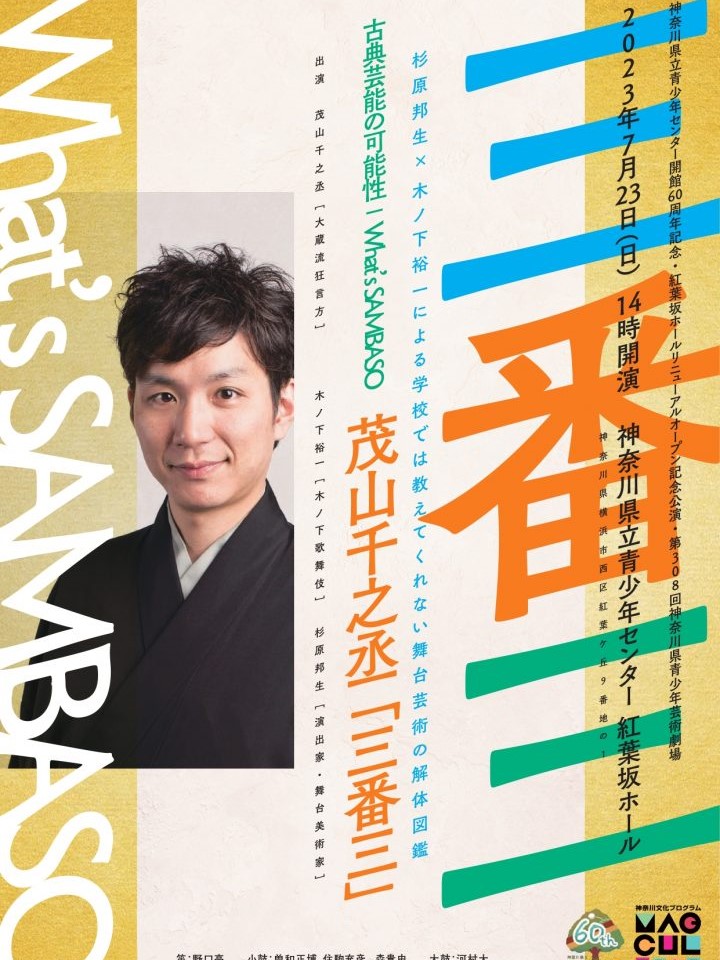
Leaflet for "What's SAMBASO: The Potential of Classical Performing Arts" held on July 23rd
--The leaflet also describes it as "an illustrated guide to the deconstruction of performing arts that they don't teach you in school."
Sugihara: Art isn't something you study! People tend to think it's intimidating, but once you get to know it, it's not like that at all. This time, you'll learn about the program through an explanation by Kinoshita Yuichi, who I highly recommend as the most understandable and interesting lecturer in Japan, and then you'll watch a performance by the modern and energetic Shigeyama Sennojo III. I also hope to discuss the possibilities of performing classical arts as contemporary theatrical arts and how to direct them, based on my past works and creative experience. They never teach you this kind of thing in school (laughs).
--It's a luxury to be able to learn directly from three people who are active at the forefront of their fields.
Sugihara: I believe that if you want to express something, you need to be proactive in "learning," otherwise the scope of your expression will be limited. For example, I've performed "Sanbaso/Sanbaso" twice so far with Kinoshita Kabuki, which is run by Kinoshita-kun, but I've always started by learning about it first. I've seen many versions of "Sanbaso/Sanbaso" in Kyogen, Noh, Kabuki, and other forms, and bombarded the knowledgeable Kinoshita-kun with questions (laughs), and my desire to learn more overflows. I believe that you can't create something new unless you know the original play.
--So, in order to create, it's essential to "know."
Sugihara: With this project, I also wanted to turn "learning" into entertainment. I wanted people to experience the joy and pleasure of learning. I want to convey this message especially to the young people who will be responsible for the future of the performing arts world. If we don't, art will always remain something to study. I want to convey that our country's classical performing arts are so interesting and cool. I feel that this is why I direct classical performances.
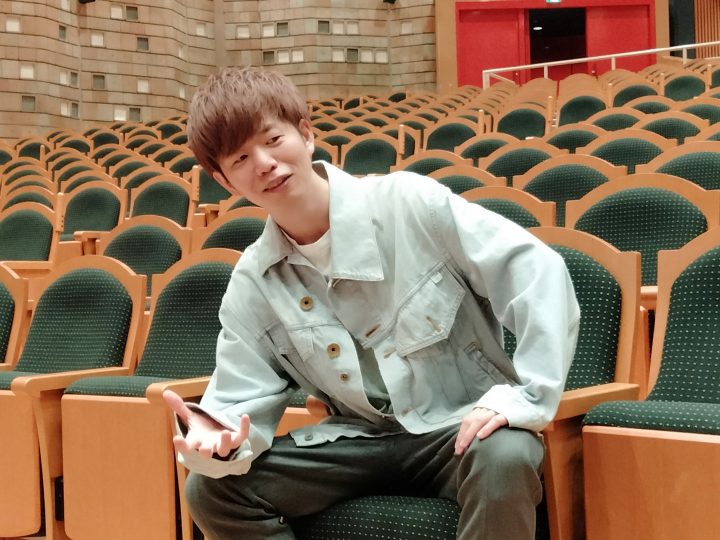
Kunio Sugihara shares his thoughts in an interview at Momijizaka Hall
--High school and university students, the younger generation.
Sugihara: I'd like going to the theater to be like going to an amusement park or karaoke. For example, when you go out to eat Italian, do you go to a family restaurant? Or do you splurge a little and go to a restaurant? Just like when you want to see some entertainment, do you go to the cinema? No, you'll have some free time this month, so let's go to the theater (laughs).
--A little extravagant, a bit of a stretch?
Sugihara: To be honest, performing arts is an overwhelmingly luxurious form of entertainment compared to affordable, all-you-can-watch video streaming services. That's why the performers and creators must first understand the appeal and possibilities that only performing arts have. I hope that this project will help people realize this once again in the theater, and give them confidence in their expression.
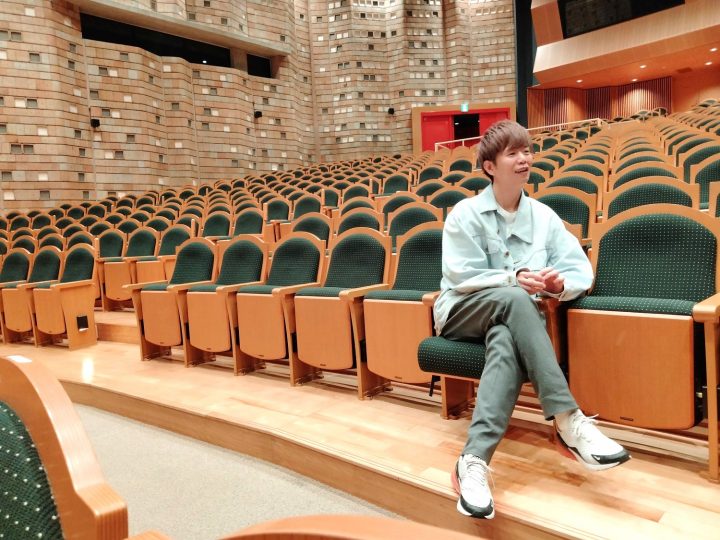
Kunio Sugihara shares his thoughts in an interview at Momijizaka Hall
Celebrating the 60th Anniversary of Kanagawa Prefectural Youth Center
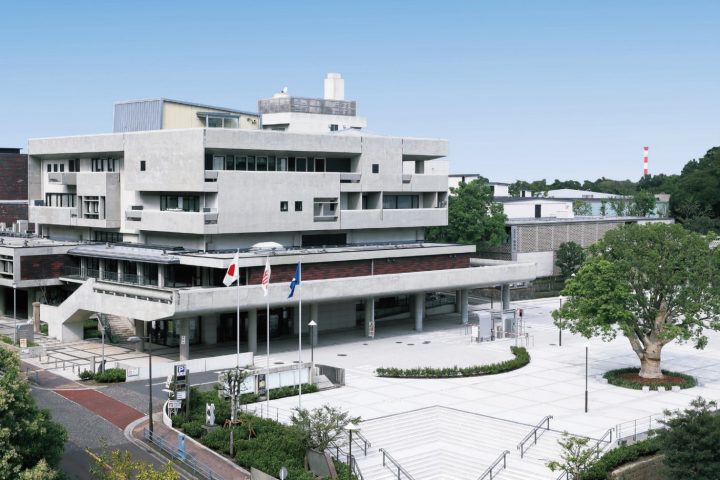
Kanagawa Prefectural Youth Center, located on the lush greenery of Momijizaka
As you climb the lush, greenery of Momijizaka Hill in Nishi Ward, Yokohama City, Kanagawa Prefecture, you will come across the Kanagawa Prefectural Youth Center. As one of the few comprehensive facilities for young people in the country, it has been widely used by prefectural residents since November 1962 (Showa 37).
The venue for this interview with Sugihara, as well as the July 23rd event "What's SAMBASO - The Possibilities of Classical Performing Arts," will be the newly renovated Momijizaka Hall. With a revolving stage, small platform, and temporary runway, the hall is perfect for livening up theatrical and traditional performing arts performances. Look forward to the play "Sanbasan," a fitting opening performance for the theater!
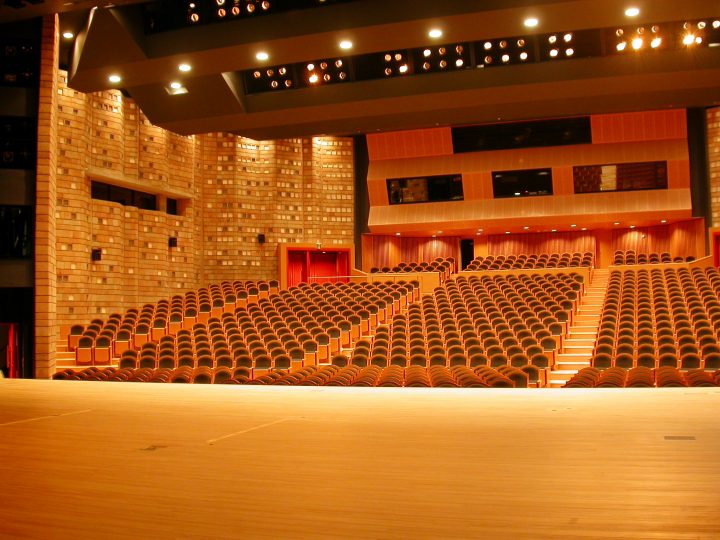
Momijizaka Hall, which completed renovation work starting in 2022 (Reiwa 4)
—————————————————————————————————-
Kunio Sugihara
KUNIO official website https://kunio.me/
Born in Tokyo in 1982, raised in Chigasaki, Kanagawa Prefecture.
Director and stage designer, founder of KUNIO. Graduated from the Department of Visual and Performing Arts at Kyoto University of Art and Design (now Kyoto University of the Arts) and completed a master's course at the Graduate School of Art and Design. While still enrolled, he focused on directing and stage design, and in 2004 launched the production company "KUNIO" as a venue for presenting his own works. In May 2006, he directed 10 works for Kinoshita Kabuki, including "Yotsuya-kaidan" (written by Tsuruya Nanboku), "Sanbaso" and "Kanjincho." Starting next spring, he will also be a lecturer at COCOON PRODUCTION's "Cocoon Actors Studio."
What's SAMBASO? The Potential of Classical Performing Arts
[Date] July 23, 2023 (Sunday) 14:00 start
*Doors open at 13:30
*Preschool children are not allowed to enter.
*Those under 29 years old with tickets must present proof of age on the day.
*Due to the production, there will be a period after the show begins where you will be required to wait before entering.
*Customers using wheelchairs or with mobility issues should make a reservation by phone.
Tel. 045-263-4475 [Kanagawa Prefectural Youth Center Hall Management Division]
[Venue] Kanagawa Prefectural Youth Center Momijizaka Hall
[Price] All seats reserved (tax included)
Adults: 3,500 yen, Under 29: 1,500 yen
[Cast] Shigeyama Sennojo III
Kunio Sugihara
Yuichi Kinoshita
Flute: Ryo Noguchi
Small drum: Masahiro Sowa, Mitsuhiko Sumikoma, Takashi Mori
Drums: Kawamura Dai
[Staff] Stage Director: Yukihiko Fujita
Web: Kobayashi Taxi
Advertising art: Takashi Horikawa
Cooperation: Doji Company, Kinoshita Kabuki
Production cooperation: Sayana Nakajima
Produced by: Sakai Hiroko
Producer: Miho Kobayashi
[Organizer] Kanagawa Prefecture, KUNIO, Inc.
[Inquiries] Kanagawa Youth Center (Hall Management Division)
Tel. 045-263-4475 (Reception hours: 9:00-17:00)
KUNIO, Inc. info@kunio.me
